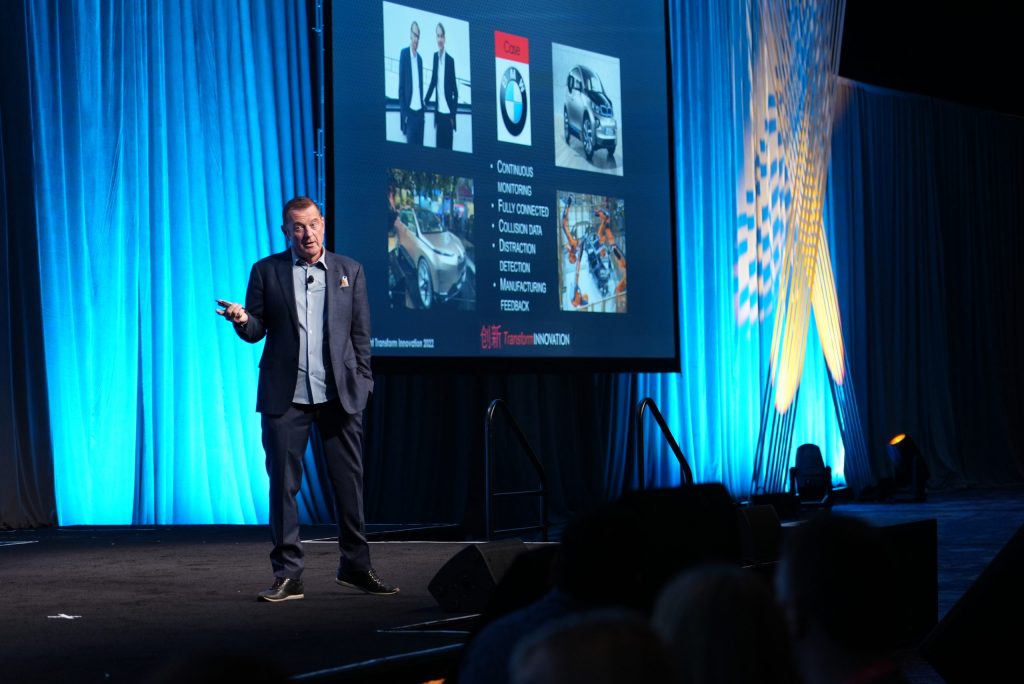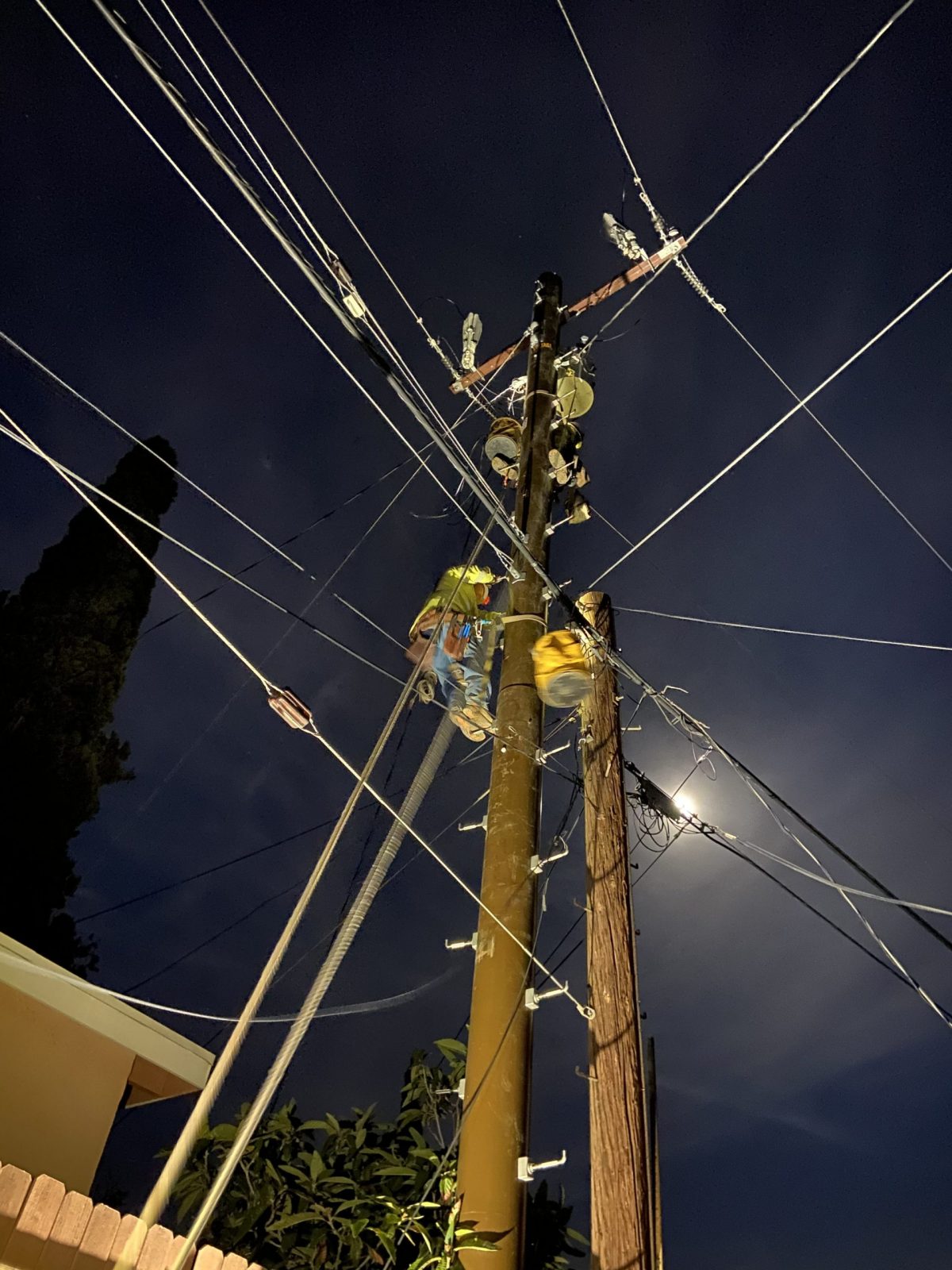

Technology Convergence Creates Opportunities for Composites Industry
Convergence was the theme of Michael Steep’s General Session Keynote Address at CAMX 2022.
“We are experiencing what can only be characterized as a revolution – a renaissance in technology development globally,” said Steep, executive director of the Disruptive Technology & Digital Cities Program in Stanford University’s School of Engineering. “We are seeing converged technologies across the board.”
When Steep entered the technology business more than 35 years ago, companies had a singular vision to develop a piece of hardware or software or networking solutions. “But never in our thought process was the idea that all of this – everything from hardware technologies to analytics and data – would be combined in a continuously connected world,” he said.
Steep described convergence as “taking one plus one and getting five because it accelerates the explosion in technology development in a way that we can gain insight from what we are doing.” Obtaining that insight requires sensors, and Steep provided several examples of applications being commercialized where sensors and other technologies converge, including the following:
- Meta Material Data Shirt – Meta materials manage energy produced by the waves bouncing around as it strikes the material. “It harvests energy directly from the atmosphere and empowers the shirt at a very low voltage,” said Steep. Within the healthcare industry, the prototype shirt can track everything from heart rate to daily calorie expenditures. Meta material technology is being incorporated into other applications.
“The neat thing about convergence is it just doesn’t apply to one thing. You can cross industries with it,” said Steep. “So when we talk about a meta material shirt, we can also talk about a meta material roof, which increases insultation.”
- Stretchable Sensors in Aircraft Wings – Fu-Kuo Chang, a professor in the Structures and Composites Lab at Stanford University, developed a stretchable sensor to withstand extreme temperatures that can be embedded in any material, including concrete, glass and metal. He placed the sensors in aircraft wings, but there are other applications. The sensors can be integrated in shirts and roads, for instance. Dr. Chang is now licensing the technology.
- Solar Roads – China plans to build the solar technology into a 2,000-mile section of highways. “They took the idea of a solar panel from the roof and put it into a road,” said Steep. “For every mile of solar road they built, they generate enough energy for 7,000 homes.” The highway is also programmable. A smart tag can be placed in packages on a truck that communicates with the solar panels on the road to track truck inventory without human intervention. Shandong Pavenergy and Wattway are commercializing the technology.
“We are converging low-cost sensors with a material of some kind – maybe it’s in a shirt or an airplane – and we have some way of reading the data it produces, evaluating it and then deciding what to do next,” said Steep.
The convergence of technologies offers opportunity for the composites industry,
“You all should be very excited because this is going to have a direct impact on your companies and on your industry,” said Steep. “I can’t imagine a better position to be in than a materials sciences company working on all this – a composites company.”

SUBSCRIBE TO CM MAGAZINE
Composites Manufacturing Magazine is the official publication of the American Composites Manufacturers Association. Subscribe to get a free annual subscription to Composites Manufacturing Magazine and receive composites industry insights you can’t get anywhere else.








